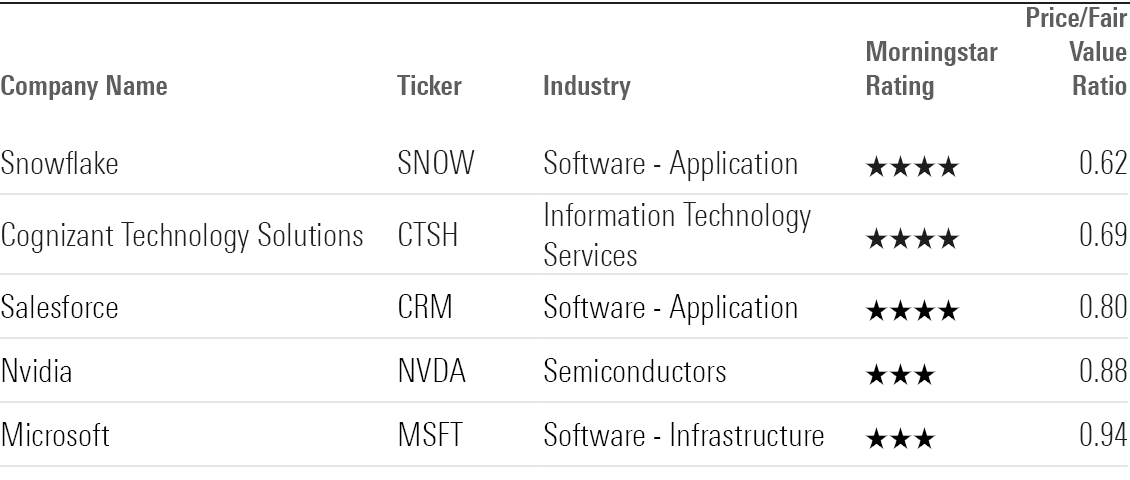Top 10 Tips To Evaluate The Support Provided By Customers Of Ai Stock Predicting/Analyzing Trading Platform
Support from the customer is a crucial factor when choosing an AI trading platform for predicting or analyzing stocks. A competent and responsive support team will make all the difference when it comes to solving issues, maximizing platforms’ usage, and ensuring the smoothest trading experience. These are the top 10 suggestions for evaluating the support provided by these platforms.
1. Examine the availability of support
24/7 support: Check if the platform provides 24/7 assistance, which is especially crucial for international market and real-time trade.
Hours of operation: If 24/7 support isn’t available, ensure support is available during your working hours.
Holiday coverage: Make sure you know whether support is offered during weekends or holidays, as well as market closures.
2. Test Response Times
Initial response. Contact customer support and ask them a sample question to see how quickly they can respond.
Resolution time: Determine the length of time it takes to fix a issue.
Live chats: If available test the responsiveness and effectiveness.
3. Review Support Channels
Multiple channels: Make sure the platform supports multiple channels, such as live chat, phone, email, social media, etc.
Make sure that the support channel is solid.
Self-service: Make use of an FAQ or a knowledge base to quickly solve problems.
4. Check the Quality of Support
Expertise: Ensure that support agents are well-versed in the platform, trading, as well as technical concerns.
Problem-solving: Determine if the support agent can resolve complicated issues effectively, or escalate them appropriately.
Professionalism: Check if support interactions are courteous, professional and efficient.
5. Check for Account Managers
Premium support: Make sure that institutional and higher-tier customers have access to dedicated account managers.
Individualized assistance: Check if account managers provide tailored support and proactive guidance.
Relationship building: Check if the account managers are available and establish long-term relationships with users.
Check the Documentation Assistance
Knowledge base: Make sure the platform has the ability to search and organize a knowledge base, which includes tutorials, guides, and troubleshooting tips.
Video tutorials – Check to see whether your platform provides videos or webinars that are suitable for visual learners.
API documentation. API documentation is important for developers.
7. Review Community Peer and Support
Forums for users: Check whether a platform offers forums or communities for users to discuss their experiences and thoughts.
Social media forums – Look for unofficial Facebook, LinkedIn, Reddit as well as other social media platforms in which users debate the platforms.
Community engagement: See if the team of your platform actively participates in forums or discussions in the community.
8. Evaluate Escalation Processes
Problems that escalate Be sure that there is a process in place for escalated unresolved problems to higher levels of support or management.
Follow-up – Check to see how the support team follows up with you once you’ve solved the issue.
Feedback loops: Verify the ability of the platform to collect user feedback to improve the support service.
9. Test Support for Critical Situations
Market volatility: Examine the responsiveness of support staff during periods of high market volatility.
Technical issues: To see the way support can handle an issue (e.g. login issues or data discrepancy) You can simulate a problem.
Trade execution – Verify that support is available to assist in urgent trade-related issues (e.g. orders that are not executed, delays in execution).
Take User Feedback into Account
Online reviews – Read reviews by users on websites like copyright, G2, Reddit or Reddit.
Testimonials: Look for reviews or case studies that demonstrate positive support experiences.
Go to the platform and see how it handles complaints or negative feedback, as well as support.
Bonus Tips
Try the platform out through a trial or demo period.
Support for languages. If you do not speak English be sure to check whether support is offered in the language of your choice.
Training and Onboarding: Find out if the platform offers onboarding classes or other training to help new users get up and running.
With these suggestions You can easily evaluate the support provided by AI platforms that predict or analyze stocks and ensure that you select a platform that provides reliable, responsive and helpful support. Solid customer support can enhance your experience, and you will benefit from all the features. View the most popular my review here about AI stocks for site examples including AI stock, ai investment platform, AI stocks, ai for trading, AI stocks, market ai, ai investing app, chart ai trading assistant, AI stock picker, best ai for trading and more.

Top 10 Tips To Evaluate The Latency And Speed Of Ai Stock Predicting/Analyzing Platforms
The speed and latency of a system is crucial when it comes to looking at AI analysis of trading platforms and stock prediction. This is especially important for algorithmic traders, high-frequency traders as well as active traders. Even milliseconds can affect the execution of trades and even profitability. Here are ten of the most effective methods to determine the speed and the latency of platforms.
1. Real-time Data Feeds to be used for evaluation
Data delivery speed – Ensure that the platform will provide real-time information with minimal delay (e.g. the sub-millisecond delay).
Data source proximity – Check to see if your servers on your platform are near major exchanges. This can reduce the speed of data transmission.
Data compression: Check if the platform uses effective data compression techniques to speed up data delivery.
2. Test Trade Execution Rate
Speed of processing orders How fast the platform executes and processes trades after you have submitted an order.
Direct Market Access (DMA) Make sure that your platform supports DMA. This allows orders to go directly to the exchange, without the necessity for intermediaries.
Reports on execution. Make sure the platform has detailed execution reports. These reports should include dates for order submission, confirmation and fill.
3. Review the responsiveness of the Platform
User interface (UI) Speed Check the platform’s response time to your inputs.
Chart updates: Verify that charts and visualisations are updated in real-time and without delay.
Mobile app performance If you are using a mobile app, ensure it performs just as fast as a desktop version.
4. Verify that the infrastructure is low-latency.
Server locations: Make sure the server is low-latency situated near major exchanges or financial hubs.
Co-location Services: Find out if the platform allows co-location. This allows you to store your trading algorithms on servers close to the Exchange.
High-speed networks: Check whether the platform is using fiber-optic networks that are high-speed or low-latency technologies.
5. Evaluate Backtesting and Simulation Speed
Find out how fast your platform is able to process and analyze the historical data.
Simulation latency: Ensure the platform is able to simulate trades in real-time with no significant delays.
Parallel processing: Check whether your platform supports the concept of distributed computing or parallel processing to speed up complex calculations.
6. Estimate API Latency
API response times: Find out how fast APIs respond to queries (e.g. getting data from the platform, putting in orders).
Rate limits. Examine whether there are acceptable limits on the API. This can aid in preventing delays during high-frequency transactions.
WebSocket support Make sure your device is running WebSocket protocol to support low-latency, real-time data streaming.
7. Test Platform Stability using Load
The scenarios of trading with high volumes: Check the stability of the platform and its responsiveness by simulating trading scenarios.
Test your platform in periods of extreme market volatility.
Stress testing: Find out whether the platform provides the tools to stress test your strategies under extreme circumstances.
8. Evaluation of Network and Connectivity
Internet speed requirements: Ensure your internet connection meets the speed recommended by your internet provider to achieve optimal performance.
Verify connections that are not redundant.
VPN latency. If you’re using a VPN check to see whether it creates significant latency.
9. Look for features that speed up your speed.
Pre-trade analytics: Make sure that the platform offers pre-trade analytics to improve the routing of orders and speed of execution.
Smart order routing: Find out whether your application is using SOR to locate the most cost-effective and fastest execution site.
Monitoring latency: Determine if the platform provides tools for monitoring and analyzing latency in real-time.
Review Benchmarks and User Feedback
User reviews: Read user feedback in order to assess the platform’s performance in terms of speed and latency.
Benchmarks from third parties Check out independent reviews or benchmarks that compare the performance of the platform to that of its competitors.
Case studies: Find out whether the platform offers cases studies or testimonials that highlight the platform’s low-latency capabilities.
Bonus Tips
Trial period: Test out the free trial or demo of the platform to test the performance of the platform in real scenarios.
Support for customers: Ensure that the platform has support for customers to help optimize the latency of your system or address other issues.
Hardware requirements: Find out if you need specific equipment to achieve the highest performance (e.g. high-performance computers).
Following these tips can help you assess the speed of AI trading platforms which predict or analyze the prices of stocks. You can select a platform for trading that is the most suitable for your needs in trading and reduces delay. The ability to reduce latency is crucial for algorithmic or high-frequency traders where even small delays could be a significant factor in their performance. Read the top stock trading ai for more examples including how to use ai for stock trading, chart analysis ai, stocks ai, best ai for stock trading, stock predictor, ai share trading, ai tools for trading, how to use ai for stock trading, ai copyright signals, AI stock trader and more.
